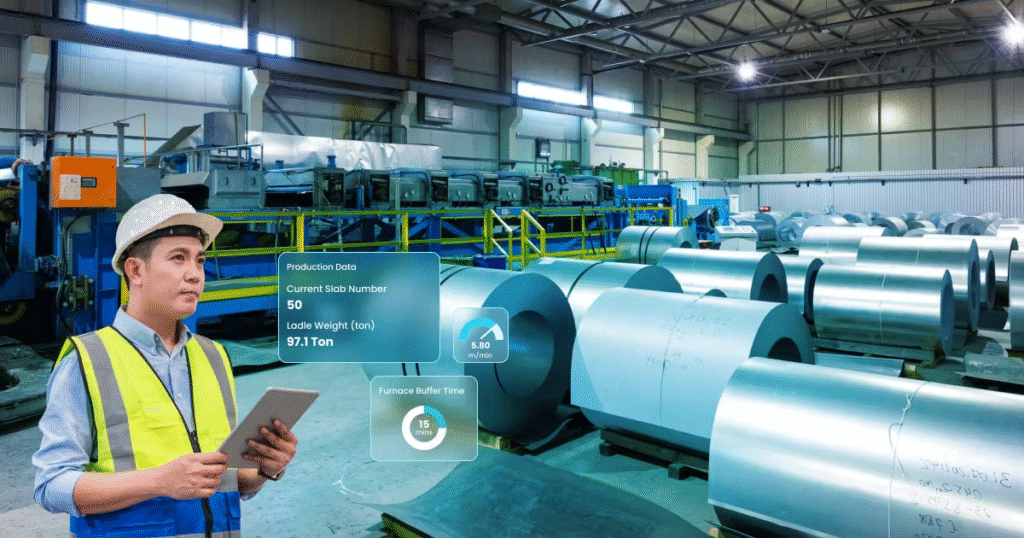
- Emphasize the importance of quality in steel production for durability, safety, and market competitiveness.
- Overview of key best practices for maintaining high-quality output.
Quality Standards in Steel Production
- Relevant Standards: ASTM, ISO, and other industry standards.
- Importance: Adherence ensures product reliability and meets customer specifications.
3. Best Practices for Quality Assurance
-
Raw Material Inspection
- Conduct thorough checks to verify material composition, purity, and integrity.
- Use advanced spectroscopy and imaging technologies for precise analysis.
Table: Raw Material Inspection Criteria
Criterion Description Material Composition Verify elements and alloys present Purity Check for contaminants Integrity Assess structural soundness -
Process Control Measures
- Monitor production parameters such as temperature and pressure.
- Implement real-time adjustments to optimize manufacturing conditions.
-
Testing Protocols
- Use non-destructive testing methods like ultrasonic testing and magnetic particle inspection to detect defects.
Graph: Comparison of Non-Destructive Testing Methods
Technological Innovations
- AI-Driven Quality Control
- Real-time analysis of production data to identify defects and anomalies.
- IoT Applications
- Sensors monitor equipment performance and environmental conditions to enhance process reliability




